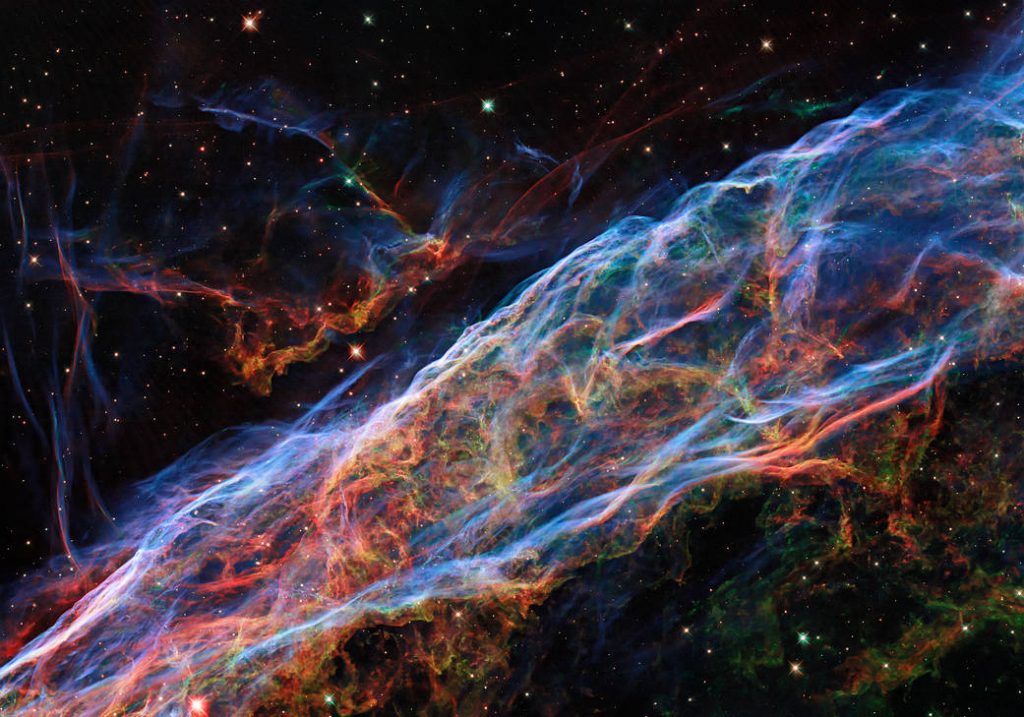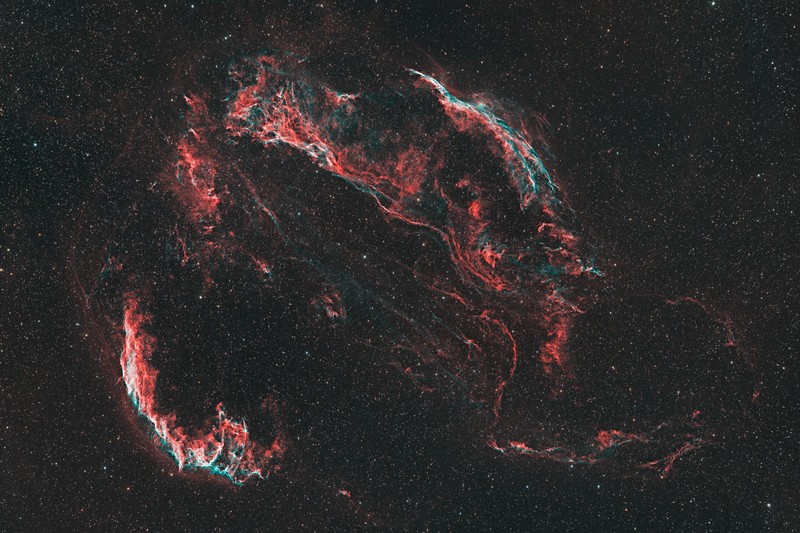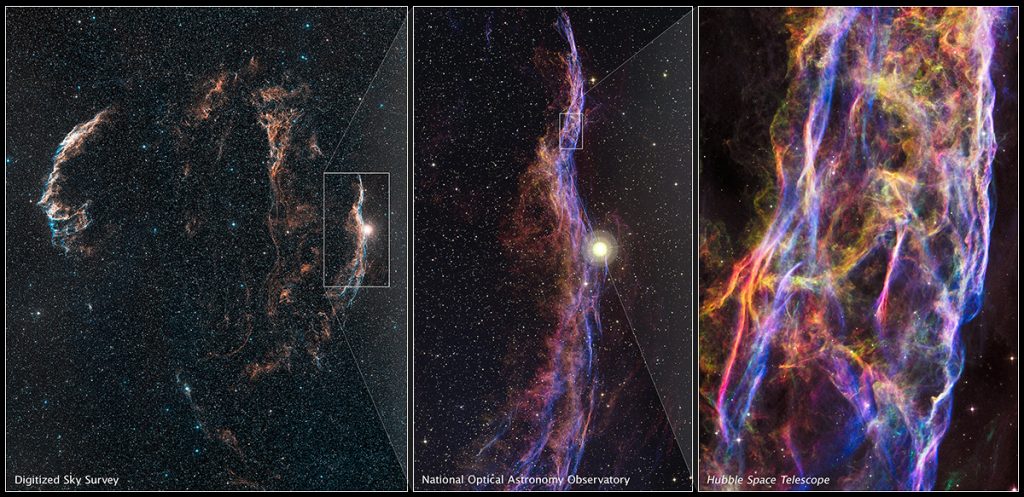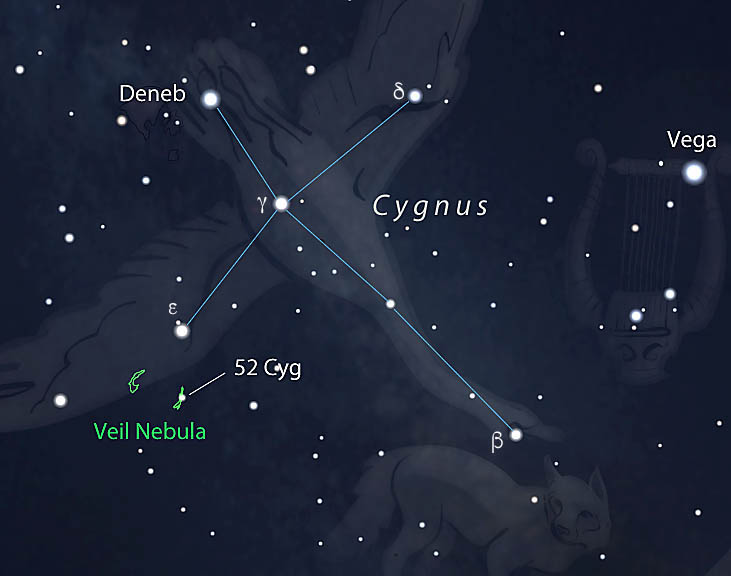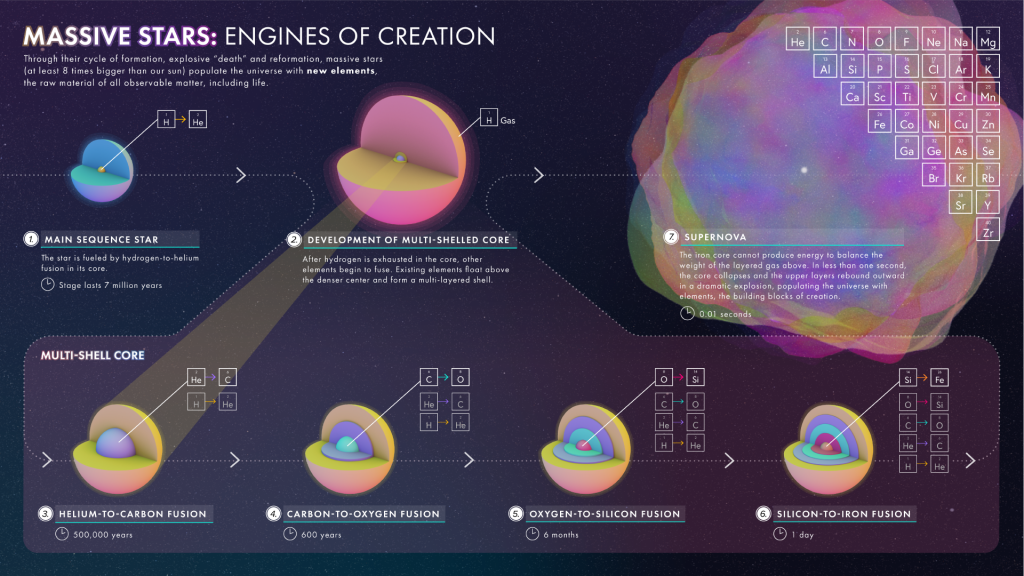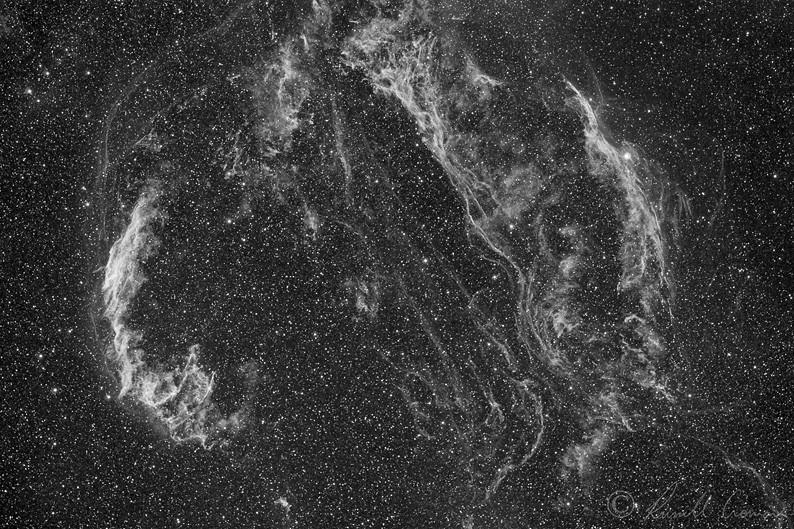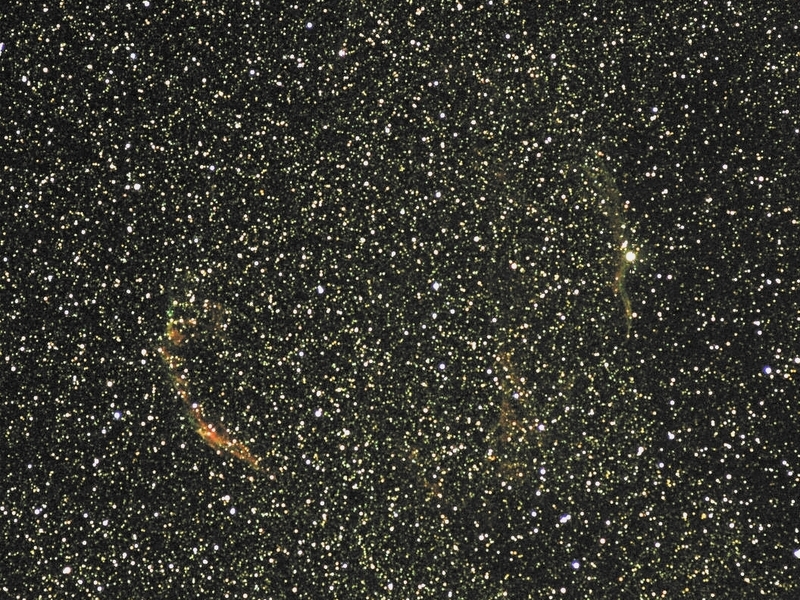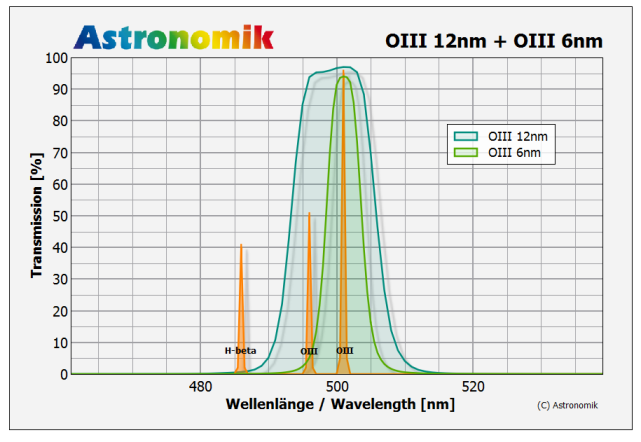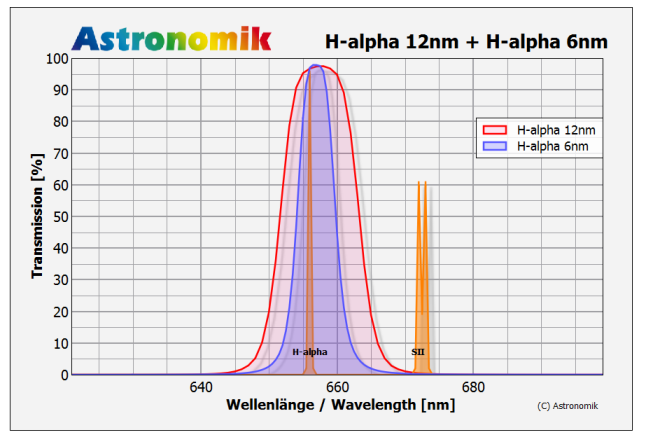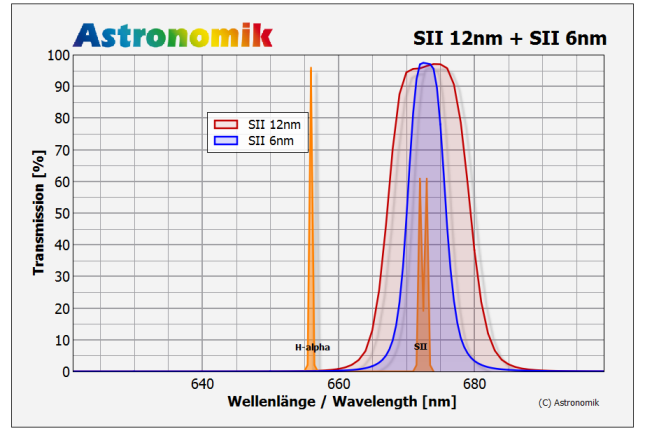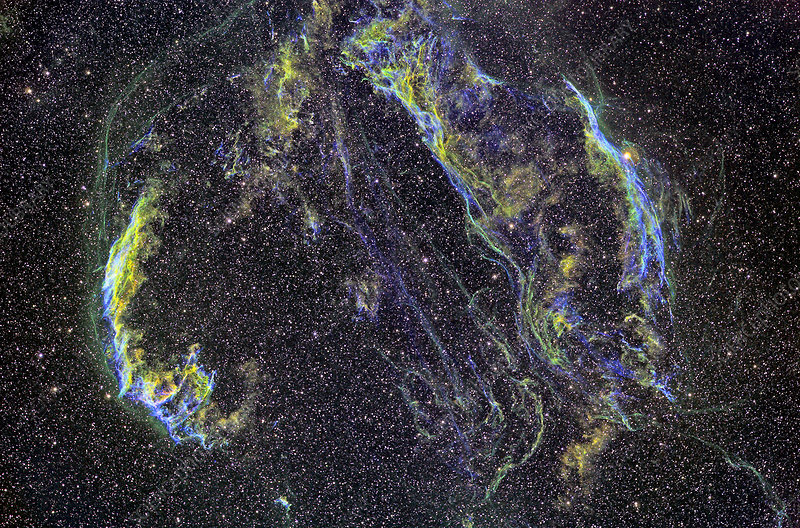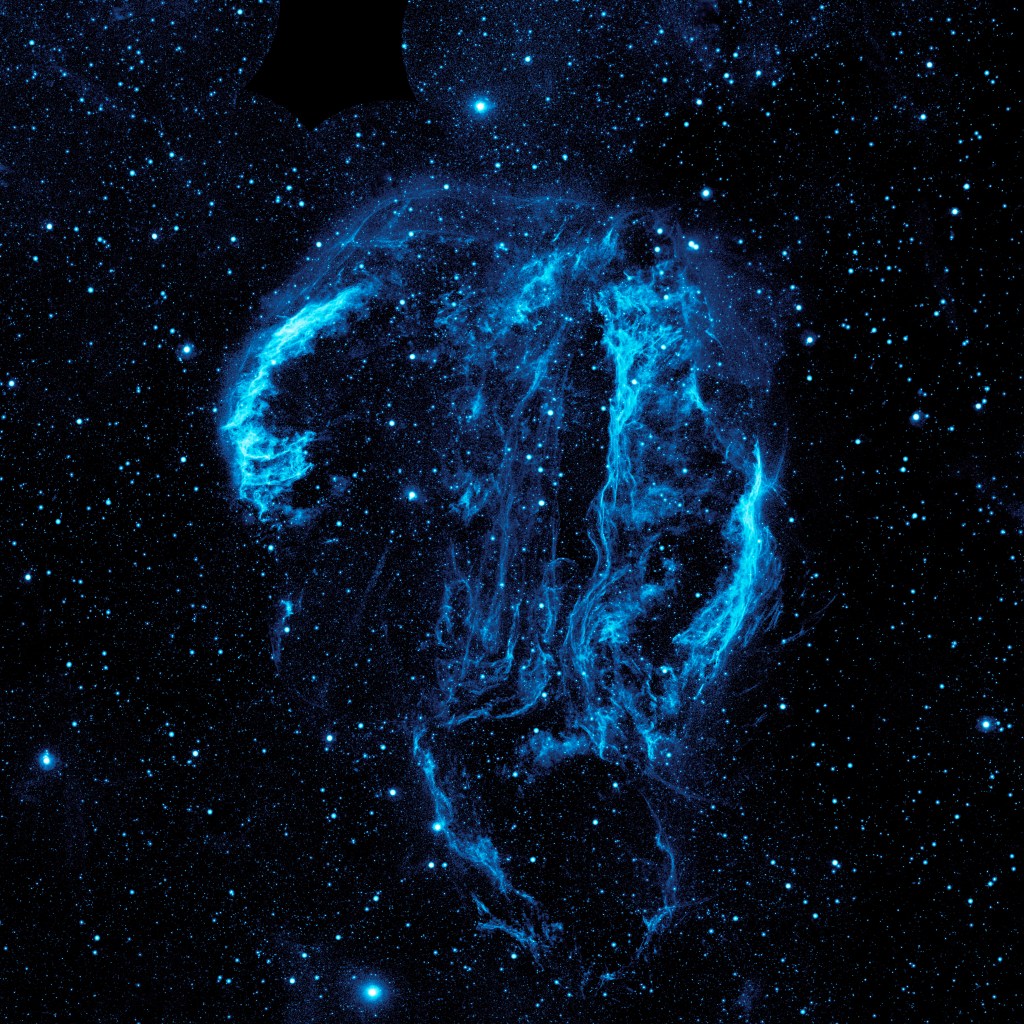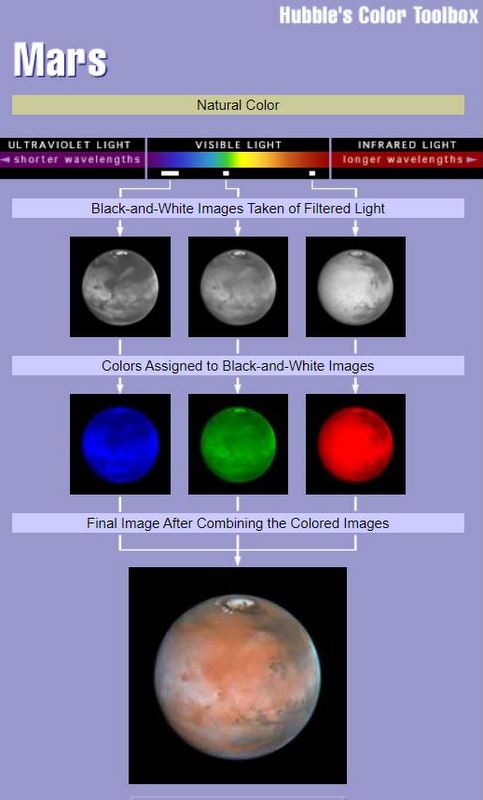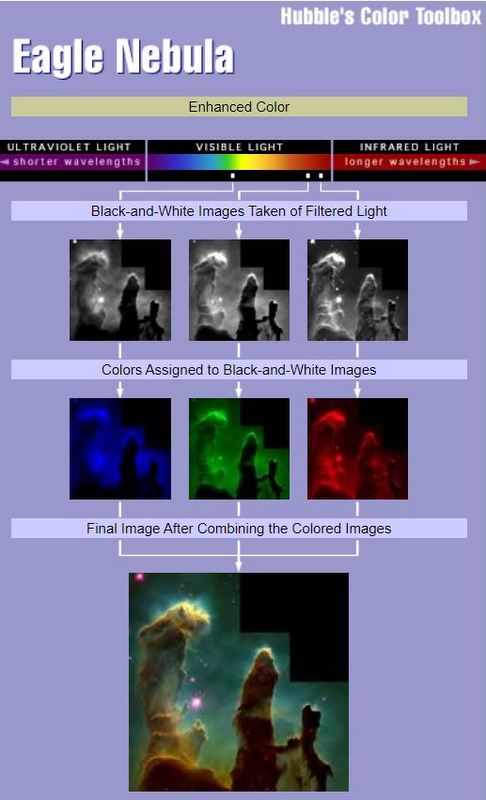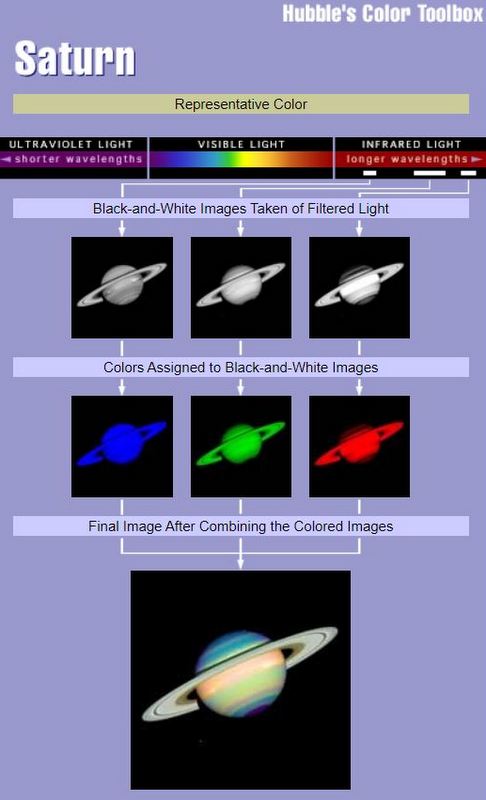In April the ESA/NASA project published this stunning image as its Picture of the Week. In this blog I will first show some pictures and then give an explanation and some background information.
The image was taken by the Wide Field Camera 3 of the Hubble Space Telescope.
The image shows a very small part of the Witch’s Broom Nebula, also called the Western Veil Nebula. I have marked the (tiny) location of the detailed image with an x (click to enlarge)
This nebula is in its turn part of the Cygnus Loop. Upper right the Witch’s Broom Nebula, lower left the Eastern Veil Nebula.
Getting confused? Here is the relation between the various images. Left the Cygnus Loop, in the middle the Witch’s Broom and right the detail.
The Cygnus Loop is located in the constellation Cygnus (the Swan). Deneb and Vega are very bright stars. The Cygnus Loop (Veil Nebula) is marked in the lower left
This YouTube video may also help
_______________________
About the Cygnus loop and the Veil Nebula
The Cygnus loop and the Veil Nebula are the remnants of a supernova. Many thousands year ago a massive star (much more massive than our Sun) had used up all its “fuel” and exploded in a final spasm before dying. In that explosion, much of the star material is ejected, leaving behind a neutron star or even a black hole. For a short period the star can outshine its whole galaxy!
In this NASA infogram, the development of such a massive star is given. It contains lots of information, but you can skip the details for this blog.
Much research has been done about the Cygnus Loop, the Veil nebula and the star that caused it. The Cygnus Loop is huge, its diameter is about six times the diameter of the moon. You need basically a telescope to see it.
It is a so-called emission nebula. The gas and dust in the nebula is ionised by the shockwave of the exploded star and the light we observe is the light emitted by the atoms in the nebula. The color of the emitted light depends on the kind of element. Very simplified: hydrogen emits reddish light, oxygen bluish light etc. When you look at the image of the Witch’s Broom nebula, you see that it mainly consists of (ionised) hydrogen and oxygen.
Determining the distance of the Cygnus Loop is a complicated process and you will find many values on the Internet. A distance of ~ 2400 lightyear is nowadays accepted by most astronomers. This would give the actual size of the Cygnus Loop as 130 lightyear! The loop is still expanding with a speed of ~ 1.5 million km/h
When did the star explode? Many different estimates. In the release of the first picture above a value of ~10000 year is given ( and a distance of 2100 lightyear). Humans living in that time would have observed the sudden appearance of a very bright “new” star, brighter than Venus and probably even visible in broad daylight. That explains the name (super)nova with nova meaning new in Latin. Supernovae are very rare, the last one in our own Milky Way, visible from Earth, was observed and studied by Kepler in 1604.
Scientists are still searching for a neutron star, or a blackhole in the center of the nebula, but until now nothing has been found.
A lot more can be said about supernovae. In the infogram above they are called “Engines of Creation” and that is an apt description. After the Big Bang the Universe consisted of hydrogen and helium, there was no oxygen no sulfur, no calcium, no iron etc. But Earth and all living creatures are built from those elements. How come? The answer is simple, all those elements have been formed inside stars! We are literally Star Children.
_______________________
About the pictures
The Wide Field Camera of the Hubble Space Telescope takes colorful pictures. Wrong! It takes black and white pictures as do basically all other telescopes. But it uses a filter to select only a specific color (range). And it takes pictures of the same object using other filters, selecting different colors. For the picture above with the stunning details of the Witch’s Broom five filters were used. And those filters are not just simple pieces of red, green or blue glass. A widely used filter is the H-alpha filter, that only lets through the red light of hydrogen (technically: a wavelength of 656 nm, bandwidth a few nm). Here is a picture of the Cygnus loop, using a H-alpha filter.
Compare it with this photo, taken with a color camera without any filters. Dominated by the numerous stars, the Witch’s Broom nebula is (almost) invisible,
Other popular filters in astrophotography are SII and OIII filters They select the colors of ionised Oxygen blueish and Sulfur (reddish) respectively and block all the other colors.
Combining pictures, taken with different filters, you must assign colors to the black and white images. One option is to choose colors that correspond closely to the color of the filter. In that case the result will look more or less “natural”. The red-blue image of the Cygnus loop is a result of combining the H, O and S filters. But of course you can assign different colors to the B&W pictures. Like in the image below, where hydrogen is green(!), oxygen blue and sulfur red.
The Hubble Space Telescope can also use infrared or ultraviolet filters. Here is the Cygnus loop in ultraviolet, blue has been assigned to the B&W image.
The Hubble website has a very informative section The meaning of color in Hubble Images. It shows how the B&W images can be combined in various ways. Very readable, with examples. Here are three.
Left is Mars, where the three filters have been assigned their “real” color. In the middle the famous “Pillars of Creation”, a star forming region. The red hydrogen is depicted in green, the red sulfur light in red and the green oxygen light in blue. The last example shows Saturn in unusual colors, because the B&W pictures were taken with various infrared filters. Near infrared is shown as blue, the middle range as green and the far infrared as red.
Finally here is again April’s Picture of the Week . The text says that It is a combination of five B&W images, Hydrogen in red, oxygen in blue and sulfur in green. No information about the other two.

